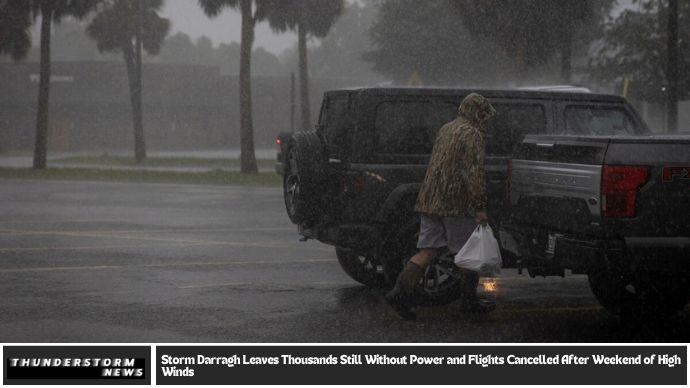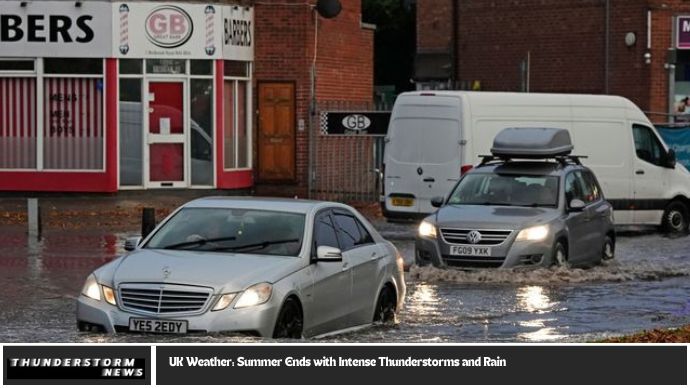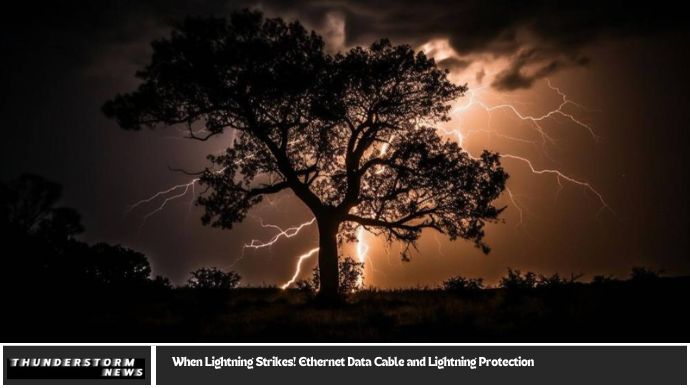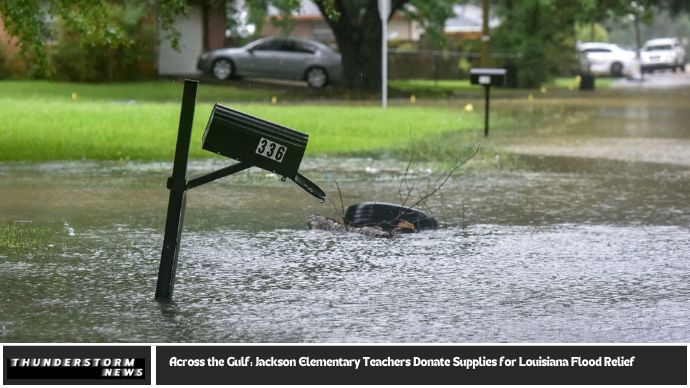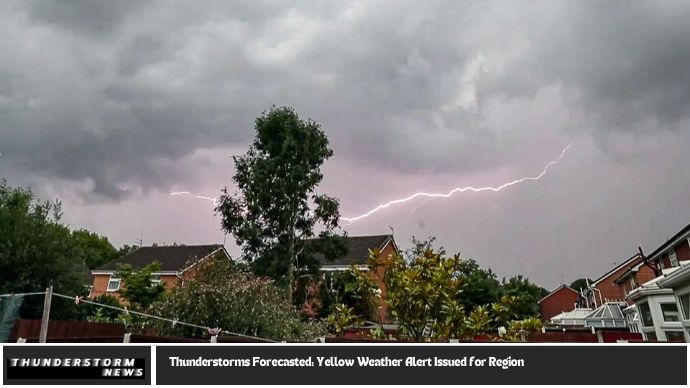As summer weather patterns shift, Floridians are facing growing concerns about the possibility of a tropical rainstorm impacting the state. Meteorologists have recently raised alarms, warning that the odds of a tropical rainstorm developing over Florida are increasing. For residents and visitors in the Sunshine State, this means the potential for heavy rainfall, gusty winds, and possible flooding in the coming days. Although tropical rainstorms are typically less intense than hurricanes, they can still bring significant disruptions to daily life, including power outages, dangerous driving conditions, and travel delays.
In this blog, we’ll break down exactly what you need to know about these weather events. From understanding how tropical rainstorms form to the safety measures you should take, we’ll equip you with the information to stay safe and prepared. If you’re in Florida or planning a visit soon, it’s crucial to stay updated on the forecast as the odds of this tropical weather event increase, and be ready to adjust your plans accordingly. Whether you’re preparing your home for potential flooding or looking for tips on how to stay safe during strong winds and heavy rain, read on to ensure you’re ready for whatever this storm season may bring.
What is a Tropical Rainstorm?
A tropical rainstorm is a weather system that originates in the tropics, typically forming over warm ocean waters. These storms can vary in strength, but they are characterized by heavy rainfall, strong winds, and, in some cases, low-pressure systems that may develop into hurricanes or tropical storms. Unlike hurricanes, which have well-defined rotation and strong winds, tropical rainstorms are often less organized and can spread across a wider area.
While tropical rainstorms are usually not as severe as full-fledged hurricanes, they still pose significant risks due to their potential to cause localized flooding, travel disruptions, and hazardous conditions in coastal areas. Florida is particularly vulnerable to these storms because of its geographic location and proximity to the warm waters of the Gulf of Mexico and the Atlantic Ocean.
How Do Tropical Rainstorms Affect Florida?
Florida’s tropical climate makes it especially prone to these types of weather systems. While many tropical rainstorms are short-lived, they can bring intense rain that leads to flooding, particularly in low-lying areas or places with poor drainage systems. These storms can also cause power outages due to strong winds, which may knock down trees and power lines.
In addition, the coastal areas of Florida can be heavily impacted by rising tides, rough surf, and high winds, all of which can affect local residents and businesses. For travelers, tropical rainstorms can lead to delays or cancellations of flights, as airports may close or flights may be rerouted for safety reasons.
What to Expect During a Tropical Rainstorm
When a tropical rainstorm is predicted to affect Florida, here’s what you can expect:
- Heavy Rain: The most significant feature of a tropical rainstorm is the rainfall. While the exact amount will vary, it’s common to experience several inches of rain in a short period, which can lead to flooding, especially in urban areas with inadequate drainage.
- Strong Winds: While not as intense as those of a hurricane, tropical rainstorms can still bring gusty winds. These winds may range from 40-60 mph, enough to cause tree damage and power outages.
- Flooding: With the intense rainfall, flooding is a major concern. Streets can become quickly inundated, and floodwaters can disrupt travel, especially in coastal and low-lying areas.
- Lightning and Thunder: Like any tropical system, you can expect a high frequency of lightning strikes and loud thunder, which could pose risks to outdoor activities and transportation.
- Rough Seas and Storm Surges: Coastal areas should be prepared for rough seas, which may lead to dangerous boating conditions and minor storm surges that can impact beachfront properties.
How to Prepare for a Tropical Rainstorm in Florida
If you’re in Florida or planning to be there during a tropical rainstorm, preparation is key to staying safe. Here’s what you can do to prepare:
- Stay Informed: The weather can change quickly, so make sure you’re keeping up to date with local forecasts. The National Hurricane Center and your local news stations will provide regular updates on the status of any incoming storms.
- Prepare for Flooding: Clear storm drains around your property to prevent water from accumulating. If you live in a flood-prone area, consider moving valuables to higher ground or taking other precautions.
- Secure Outdoor Objects: Bring inside any outdoor furniture, decorations, or anything that could become a projectile in high winds.
- Check Emergency Kits: Make sure your emergency supplies are up to date. This includes flashlights, batteries, non-perishable food, bottled water, and any necessary medications.
- Know Your Evacuation Routes: While tropical rainstorms are not as severe as hurricanes, it’s still a good idea to know your local evacuation routes in case conditions worsen or flooding becomes an issue.
- Prepare for Power Outages: Have a backup plan in case the power goes out. This could mean having extra candles, a portable generator, or power banks to charge devices.
What are the Odds of a Tropical Rainstorm Right Now?
As of the latest weather reports, the odds of a tropical rainstorm forming near Florida are increasing due to favorable atmospheric conditions. Warmer-than-usual sea surface temperatures in the Atlantic and Gulf of Mexico have created an environment conducive to storm development. This makes it more likely that a low-pressure system could develop into a tropical rainstorm or even a more severe tropical storm in the coming days.
Forecasters are keeping a close watch on these conditions, and while it’s still early, the probability of a storm impacting Florida is significant. Stay tuned to weather updates, and always have a plan in place for severe weather events.
What Should You Do if a Tropical Rainstorm Hits Florida?
If a tropical rainstorm does strike Florida, follow these steps to ensure your safety:
- Stay Indoors: Avoid going outside during the storm, as the strong winds and heavy rain can create dangerous conditions.
- Avoid Driving: Roads can quickly flood during a tropical rainstorm. If you don’t need to travel, stay home. If you must drive, use extreme caution, and avoid low-lying areas or bridges that might be affected by rising waters.
- Follow Local Alerts: Pay attention to any warnings or evacuation orders issued by local authorities. They will provide real-time information on how to stay safe.
- Take Precautions in Coastal Areas: If you’re near the coast, be prepared for storm surges and rough surf. Avoid going near the beach, and stay away from any low-lying coastal areas that could be affected by flooding.
May you also like it:
How to Prevent Your Trees From Falling During Storms
Broomfield Students Pile Up Donations for Their Flooded Peers
How Tree Maintenance Can Prevent Storm Damage
FAQs
1. What’s the difference between a tropical rainstorm and a hurricane?
A tropical rainstorm has less organized wind patterns and doesn’t have the same intensity or structure as a hurricane. However, it still brings heavy rainfall and strong winds, which can lead to flooding and power outages.
2. How can I track a tropical rainstorm in real-time?
You can track a tropical rainstorm using resources like the National Hurricane Center, your local weather station, or reliable weather apps that provide live storm tracking and alerts.
3. How do I prepare for flooding from a tropical rainstorm?
Clear storm drains around your home, elevate valuable items off the ground, and have sandbags ready if you’re in a flood-prone area. Always listen for evacuation orders.
4. Can a tropical rainstorm cause power outages?
Yes, strong winds and fallen trees can knock out power lines, leading to outages. Be sure to have emergency supplies, such as flashlights and backup power sources, on hand.
5. Are there any evacuation orders for tropical rainstorms in Florida?
Evacuation orders are typically only issued in extreme cases, such as when a tropical storm or hurricane is expected. However, always check local weather updates for any advisories.
6. How long do tropical rainstorms typically last?
Tropical rainstorms can last anywhere from a few hours to a few days, depending on their size and movement. Keep monitoring weather updates for the latest information.
Conclusion
As the odds of a tropical rainstorm increase for Florida, residents and visitors must stay prepared for the possibility of severe weather. While tropical rainstorms may not be as intense as hurricanes, they still bring heavy rainfall, strong winds, and the potential for flooding and power outages. By staying informed, securing your property, and having an emergency plan in place, you can protect yourself and your family from the impact of these storms. Remember, preparation is key in minimizing the risks associated with tropical rainstorms. Stay safe, and always monitor reliable sources for the latest updates.

